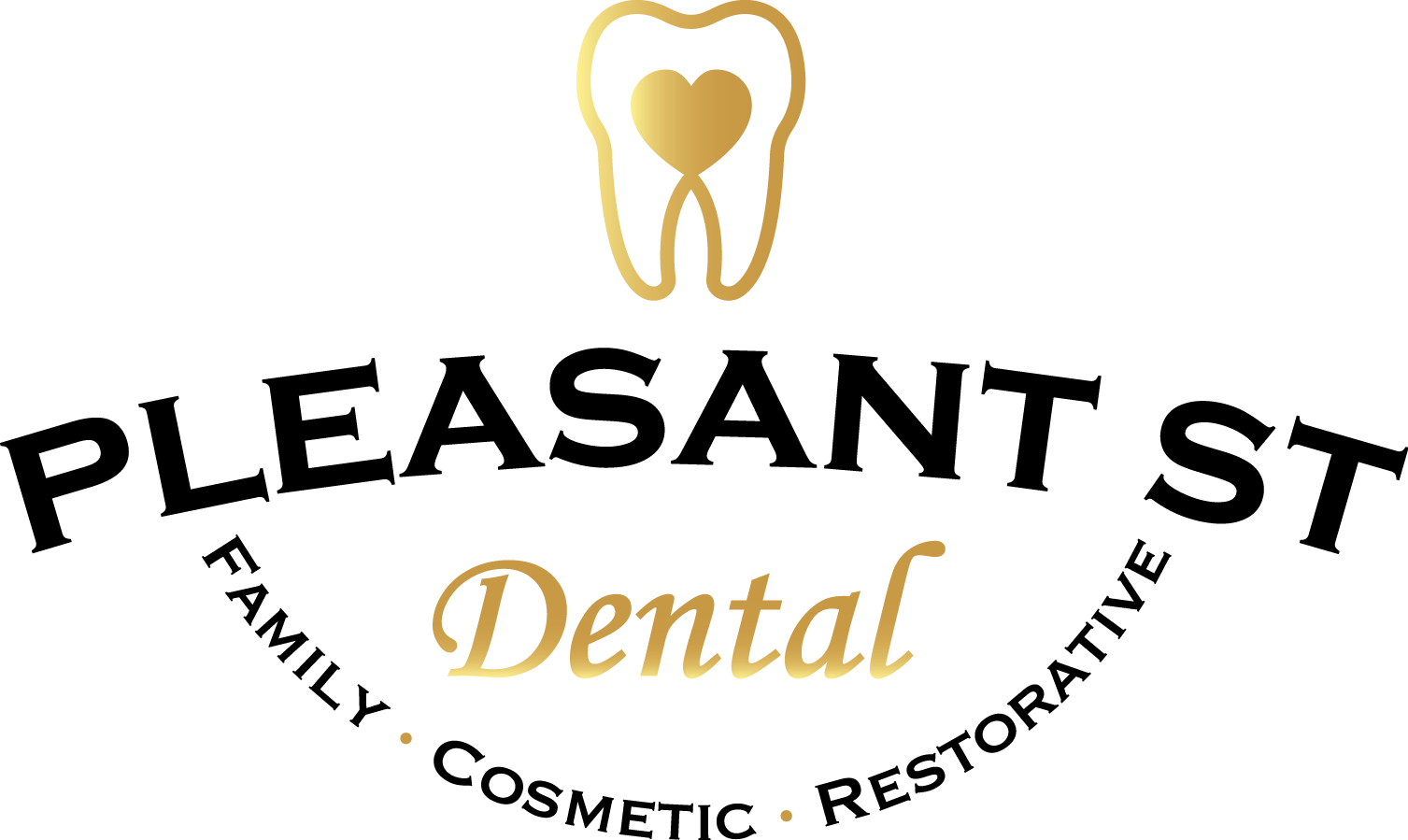Mouth pain is a common issue that brings many people to the dentist’s office. As…

How to Protect Your Tooth Enamel
Maintaining strong, healthy teeth isn’t just about looking great—it’s about overall well-being. Tooth enamel, the hardest substance in your body, plays a crucial role in protecting your teeth from decay and sensitivity. In this guide, we’ll explore practical and science-backed strategies on how to protect your tooth enamel. Whether you’re a dental health enthusiast or someone looking for tips to improve your oral care routine, this blog provides valuable insights to keep your smile radiant and resilient.
What Is Tooth Enamel and Why Is It Important?
Tooth enamel is the outermost layer of your teeth, acting as a barrier against daily wear and tear. Despite being the hardest substance in the human body, enamel isn’t invincible. It can erode over time due to acidic foods, improper dental care, and even genetics. Once enamel wears down, it does not regenerate, making its protection essential for long-term dental health.
- Protection Against Decay: Enamel prevents harmful bacteria and acids from penetrating the softer dentin beneath.
- Sensitivity Prevention: A robust enamel layer reduces the risk of tooth sensitivity, especially when consuming hot or cold foods.
- Aesthetic Appeal: Healthy enamel contributes to the brightness and integrity of your smile.
Daily Habits to Protect Your Tooth Enamel
Developing a daily oral care routine is the first step in understanding how to protect your tooth enamel. Here are some habits that can make a significant difference:
1. Brush Properly and Regularly
Brushing your teeth twice a day is a standard recommendation by dental professionals. However, technique matters as much as frequency. Use a soft-bristled toothbrush and fluoride toothpaste to avoid abrasive damage to enamel.
- Use gentle, circular motions: Aggressive brushing can wear down enamel over time.
- Replace your toothbrush every 3-4 months: Worn bristles become less effective at cleaning and can be harsher on your enamel.
- Wait after eating: Rinse your mouth and wait about 30 minutes before brushing after acidic meals or drinks to avoid enamel erosion.
2. Floss Daily
Flossing isn’t just for removing food particles—it also helps prevent plaque build-up around the gum line that can contribute to enamel degradation. Regular flossing supports gum health and maintains the protective barrier of enamel.
3. Use a Fluoride Rinse
Fluoride is a proven defender of enamel. Incorporating a fluoride rinse into your routine can help remineralize enamel and strengthen your teeth. Look for mouthwashes that are alcohol-free to prevent drying out your mouth, which can lead to bacterial growth.

Nutrition and Diet: Essential Components in Protecting Enamel
Your diet plays a major role in how to protect your tooth enamel. Acidic foods and sugary drinks are well-known enemies of enamel. Here are some dietary tips to maintain a healthy balance:
Limit Acidic Foods and Beverages
Citrus fruits, soda, and wine can erode enamel over time. While these foods have nutritional benefits, moderation is key. When consuming acidic items, try to balance them with alkaline-rich foods like vegetables and dairy products.
Choose Enamel-Friendly Foods
Incorporate foods into your diet that help strengthen enamel. Dairy products, for instance, are rich in calcium and phosphates, which are essential for remineralization. Additionally, crunchy fruits and vegetables like apples and carrots help stimulate saliva production—a natural defense against enamel erosion.
Stay Hydrated
Water is the unsung hero in maintaining oral health. Drinking plenty of water helps rinse away food particles and dilute acids produced by bacteria. When you drink water, especially after a meal, you’re actively working to neutralize the acid in your mouth.
Professional Dental Care
While a strong at-home routine is important, professional dental care plays a vital role in how to protect your tooth enamel over the long term.
Regular Dental Check-Ups
Routine dental visits allow professionals to monitor the state of your enamel and address any early signs of erosion or decay. Your dentist can provide personalized advice and professional cleanings that help remove hard-to-reach plaque and tartar build-up.
Dental Sealants and Fluoride Treatments
For individuals particularly prone to enamel erosion, dental sealants can offer an extra layer of protection. Sealants are a protective coating applied to the chewing surfaces of back teeth, reducing the risk of cavities. In addition, periodic fluoride treatments from your dentist can help strengthen and restore enamel.
Addressing Dental Issues Early
Early detection of problems like acid reflux, bruxism (teeth grinding), or even eating disorders can prevent long-term damage to your enamel. If you suspect you’re experiencing any of these issues, consult your dentist promptly to discuss appropriate measures.

How to Protect Your Enamel
Beyond brushing and diet, several lifestyle choices can influence enamel health. Understanding these factors can further enhance your efforts and protect your tooth enamel.
Avoid Tobacco Products
Tobacco not only stains teeth but also significantly contributes to the breakdown of enamel. Smoking or using other tobacco products exposes your mouth to harmful chemicals that accelerate enamel erosion and increase the risk of gum disease.
Manage Stress
Believe it or not, stress can lead to bruxism, which is the unconscious grinding or clenching of teeth. This habit can wear down enamel over time, leading to increased sensitivity and dental issues. Engaging in stress-relief practices such as meditation, exercise, or therapy can help minimize the risk of enamel damage.
Protect Your Teeth During Sports
If you play contact sports, consider investing in a custom-fitted mouthguard. These protective devices help absorb shock and prevent injuries that might chip or crack your enamel.
Tips and Natural Remedies
For those looking for additional ways to support enamel health, consider exploring natural remedies and innovative techniques. While these shouldn’t replace professional dental advice, they can complement your overall strategy on how to protect your tooth enamel.
Oil Pulling
Oil pulling is an ancient practice that involves swishing oil (typically coconut oil) around in your mouth for 15-20 minutes. Proponents claim it helps reduce harmful bacteria and promotes overall oral health. While scientific evidence is mixed, many individuals find it a beneficial addition to their routine.
Use Baking Soda Occasionally
Baking soda is mildly abrasive and can help remove surface stains from teeth. However, because of its abrasive nature, it should be used sparingly. Overuse can actually damage enamel, so it’s best used once a week as a gentle cleaning agent.
Green Tea Benefits
Green tea contains compounds that help reduce inflammation and fight bacterial growth. Drinking green tea regularly might help reduce the buildup of plaque and support the overall health of your enamel. Just be mindful of sweetened varieties, which can introduce extra sugar into your diet.

Myths About Tooth Enamel Protection
There are plenty of misconceptions about dental health, especially regarding enamel protection. Let’s debunk a few common myths:
Myth 1: “All Toothpaste Is the Same”
Not all toothpaste is created equal. Some formulations contain higher levels of fluoride and other enamel-strengthening agents, while others are geared more toward whitening or sensitivity relief. When you’re focusing on how to protect your tooth enamel, choosing the right toothpaste is crucial.
Myth 2: “Brushing Harder Means Cleaner Teeth”
In fact, brushing too hard can damage your enamel and gums. The goal is to remove plaque without eroding the protective enamel. Using a soft-bristled brush and gentle motions is the best way to maintain dental health.
Myth 3: “Once Enamel Is Worn, It Can Grow Back”
Unfortunately, enamel does not regenerate once it’s lost. However, with the right care, you can slow down further erosion and strengthen what remains through remineralization strategies like fluoride treatments and dietary adjustments.
Bringing It All Together
Understanding how to protect your tooth enamel isn’t about a single action—it’s about a comprehensive approach that includes daily habits, dietary choices, professional care, and lifestyle adjustments. By incorporating these strategies into your routine, you can enjoy healthier, stronger teeth and a more confident smile for years to come.
Quick Recap of Key Strategies:
- Daily Oral Hygiene: Brush twice a day with proper technique and floss regularly.
- Dietary Considerations: Limit acidic foods and beverages; include enamel-friendly foods like dairy and crunchy fruits.
- Professional Care: Schedule regular dental check-ups and consider fluoride treatments or sealants.
- Lifestyle Choices: Avoid tobacco, manage stress, and protect your teeth during sports.
- Natural and Innovative Approaches: Try oil pulling, occasional baking soda use, and enjoy the benefits of green tea.
Protecting your tooth enamel is a lifelong commitment. While it requires consistent effort and attention to detail, the rewards—strong, healthy teeth and an improved quality of life—are well worth it. Remember, every step you take in caring for your dental health is a step towards preventing future issues like cavities, sensitivity, and more serious dental problems.Invest in your smile today by following these practical tips on how to protect your tooth enamel. With the right habits and professional guidance, you can maintain a dazzling smile that lasts a lifetime.



